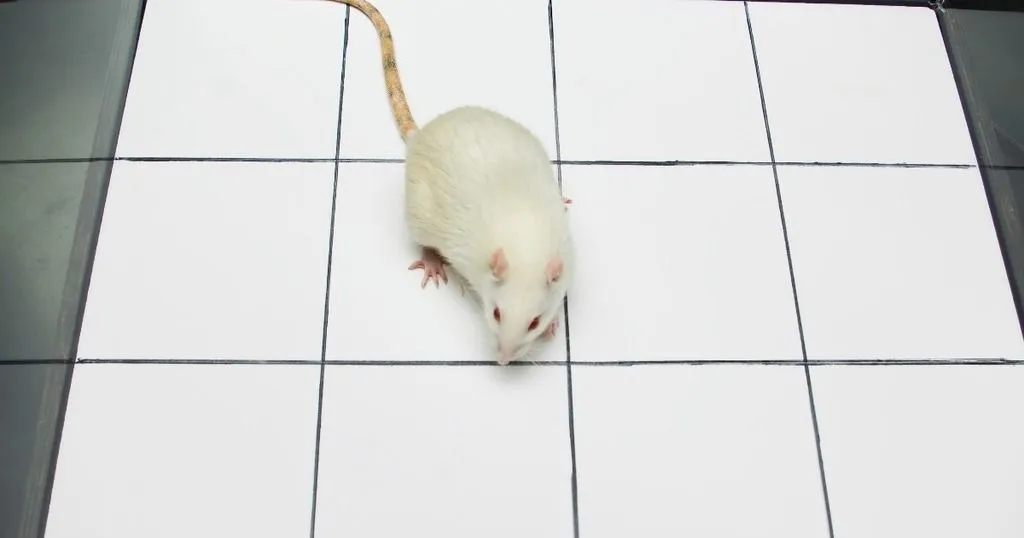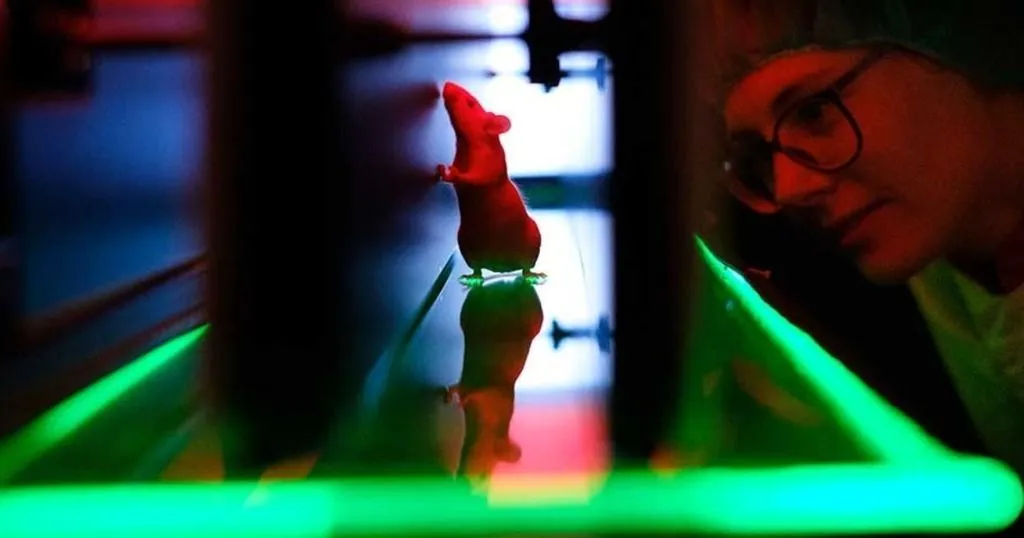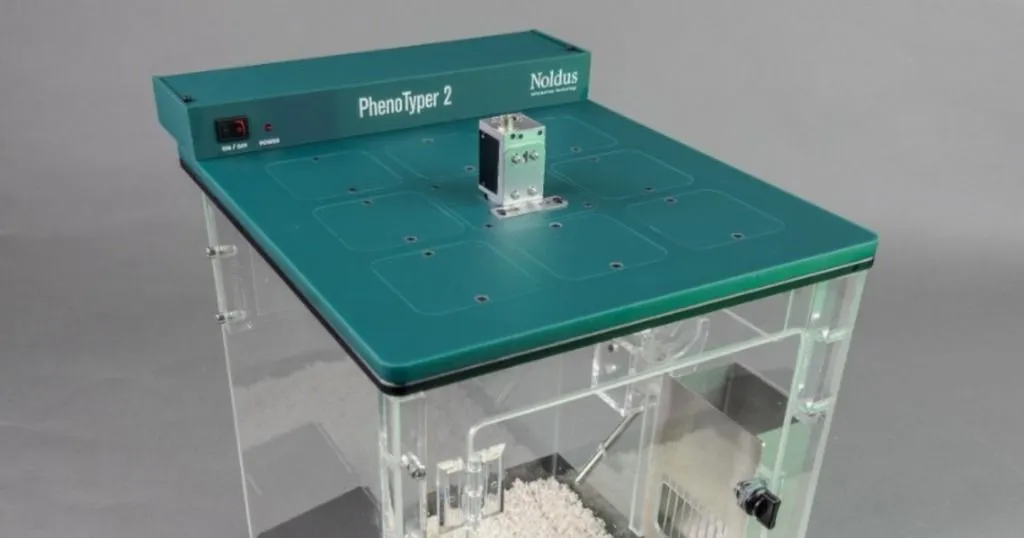6 things you must consider to improve your open field testing
Here are six recommendations the authors list to improve the translational and predictive value of behavioral readouts.
Posted by
Published on
Thu 12 Jun. 2014
Topics
| EthoVision XT | Mice | Open Field | PhenoTyper | Rats | Video Tracking |

Last week we talked about the new publication by Berry Spruijt and his colleagues in Journal of Neuroscience Methods, in which they tell us about the limitations of classical behavioral tests such as the open field. The article focused particularly on the great lack of reliability and validity in the use of these tests within and across laboratories. So what can we do to fix this problem? Here are six recommendations the authors list to improve the translational and predictive value of behavioral readouts:
1. Research context
As mentioned in the previous post, behavioral tests are generally used for two different purposes. Behavior can be used as a simple indicator, in which it has limited explanatory power, or it can be studied to understand its functional role. According to Spruijt et al. the classical tests are sufficient for the first purpose. However, understanding the biological function of behavior requires more. The latter should be done in natural, more ethological settings (e.g. a large environment/arena, with sufficient stimuli to challenge the animal and/or in a social setting). Also in terms of analysis the latter requires more sophistication: a more detailed ethogram, advanced automation, and a detailed characterization of behavioral elements and their order. Thus, before you start, take a moment and choose your set-up wisely.
2. Start at the beginning
Each behavioral experiment starts in essence with the breeding of the animals. Housing (e.g. single versus socially, enriched environments) and early life (parental care) conditions program the brain and thus affect behavior. So, take into account the impact of these factors.
3. Understanding the language of behavior
As explained in last weeks’ post; behavior is like a language. It does not merely exist of behavioral elements (the ‘words’), but also the order of the elements (the ‘syntax’) has meaning. To truly understand behavior, we should dissect behavioral elements into either posture-related (e.g. rearing, grooming) and activity-related parameters (e.g. distance moved, location visited). Moreover, interpreting whether the observed behavior is meaningful or abnormal can only be done if we also analyze the order of the elements.
4. Allow the animal to express itself
Behavior is typically preceded by response selection. This can only happen if there are a number of possibilities to choose from. A behavioral test should thus contain a number of stimuli that challenge the animal and offer enough freedom to the animal to make its choices optimally. For example, let’s look at a test to measure drug-induced changes in activity in rats. Presentation of an aversive stimulus (intentionally or unintentionally) might make the rat want to hide, and the animal will begin searching for a hiding place in its environment. If there is none, the animal might increase its activity while it continues to search. This increased activity might be falsely interpreted as increased drug-induced exploration.
5. Novelty of the environment
When a rodent enters a new environment, it has only one priority: to explore the novel environment. It is thus important to allow the animal sufficient time for exploration and familiarization; otherwise you are measuring the response to novelty instead of behaviors of interest. This is particularly important when studying agonistic and reproductive behaviors, which require strong familiarization with the environment. But even if you are ‘only’ interested in measuring (drug-induced) effects on activity, it is essential to allocate enough time to your test. According to Spruijt and his colleagues, virtually all open field studies (typically lasting 5 to 60 min) only measure immediate reactions to novelty. Thus, it is important to provide sufficient space and experimental time in your test.
6. All animals are not equal
A sufficient number of animals should be included per experimental group (mean sample size 10-20). This is not only necessary for providing sufficient statistical power; it also allows the identification of subgroups (for example based on the animal’s activity). When forming these subgroups it can be useful to take measures which are based on the animal’s own behavior instead of arbitrary chosen criteria. For example, if you want to define a central zone and a peripheral ‘wall’ zone in the open field arena, you can take one particular cutoff point for all the animals. It will be more elegant, however, to define a criterion for each individual animal based on its own behavior, e.g. the frequency distribution of its distance to wall.
Bring the experiment to the animal
So now we have some do’s and don’ts. How can we bring this all together for a perfect open field test scenario? Bring the experiment to the animal, rather than transporting the animal to the experiment, Berry Spruijt says. “A slightly more complex test cage appropriate for a longer stay of the animal may solve many problems”.
To accommodate the six requirements, you ultimately end up with a large automated test cage which gives enough space to the animal, allows for long-term continuous observations and provides access to food, water, bedding and intra-cage stimuli (e.g. a shelter). To address questions about anxiety levels or learning capacity smart tools can be integrated in the cage, allowing operant conditioning paradigms to take place in the animal’s own environment. Stress due to transport and handling will be minimized. Let the animal habituate for at least a couple of hours, or rather days, before testing. This way many confounding factors are excluded.
The focus on behavioral observations in such a home cage-like environment is slowly growing. Several types of cages are commercially available, among which is the Noldus PhenoTyper. In the paper by Spruijt et al., two examples are given of experiments using the PhenoTyper set-up. The experiments are conducted at Delta Phenomics, an innovative contract research organization specialized in animal behavior and one of the first users of the PhenoTyper set-up for commercial purposes. One experiment clearly illustrates the added value of a larger test cage to allow the animal more freedom to interact socially or not. The other nicely shows that great, and clearer, drug-induced differences can be detected in the PhenoTyper using a prolonged observation time of 3 hours compared to a standard open field test.
Next level data analysis
Finally, the continuous observation of multiple behaviors yields large sets of video images, which need to be effectively processed and analyzed. Fortunately, recent developments in behavioral science are focused on the development of such sophisticated analysis instruments. Thanks to the rapid evolution of analysis techniques (e.g. sequential or cluster analysis, t-patterns) and data mining algorithms, several automated analysis tools have been published or are currently under construction. So, the tools are out there. Now it is a matter of starting to use them!
Read more
Read more in the previous post dedicated to this paper, or find the publication at:
Spruijt, B.M.; Peters, S.M.; Heer, R.C. de; Pothuizen, H.H.J.; Harst, J.E. van der. (2014). Reproducibility and relevance of future behavioral sciences should benefit from a cross fertilization of past recommendations and today’s technology: “Back to the future”. Journal of Neuroscience Methods, article in press, doi:10.1016/j.jneumeth.2014.03.001.
Find out more about PhenoTyper here.
Related Posts

What you need to know about the CatWalk gait analysis method

